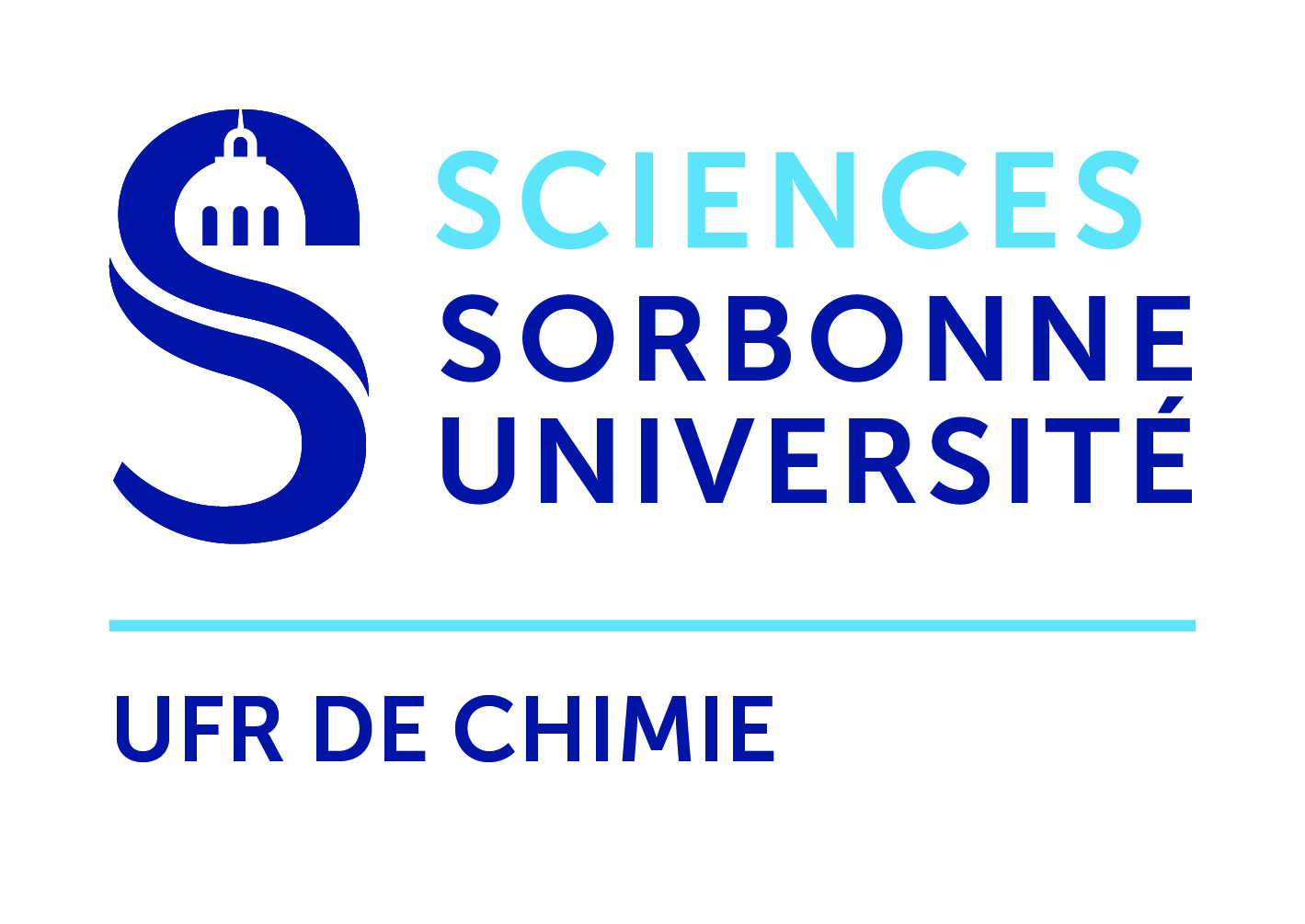Ultra-Compact Electrical Double Layers at TiO2 (110) Electrified Interfaces
Résumé
Metal-oxide aqueous interfaces are important in areas as varied as photocatalysis and mineral reforming. Crucial to the chemistry at these interfaces is the structure of the electrical double layer formed when anions or cations compensate for the charge arising from adsorbed H+ or OH-. This has proven extremely challenging to determine at the atomic level. In this work, we use a surface science approach, involving atomic level characterization, to determine the structure of pH-dependent model electrified interfaces of TiO2 (110) with HCl and NaOH using surface X-ray diffraction. A comparison with ab-initio molecular dynamics calculations reveals the formation of surprisingly compact double layers. These involve inner-sphere bound Cl and Na ions, with respectively H+ and O-/OH- in the contact layer. Their exceptionally high electric fields will play a key role in determining the chemical reactivity.
| Origine | Fichiers produits par l'(les) auteur(s) |
|---|
